75 years in business
Highlights of our history.
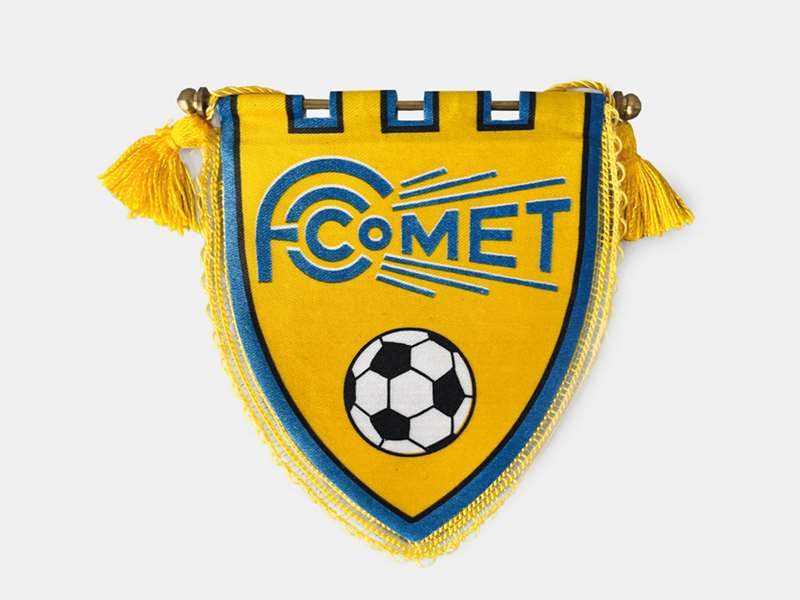
1950
Dr. Beat Steck, son of the founder, takes the reins of the company. Steck, an avid soccer fan, brings a ball on every company outing. As FC Comet, the most sure-footed employees compete against other Bernese company teams in a friendly rivalry. Go, FC Comet!
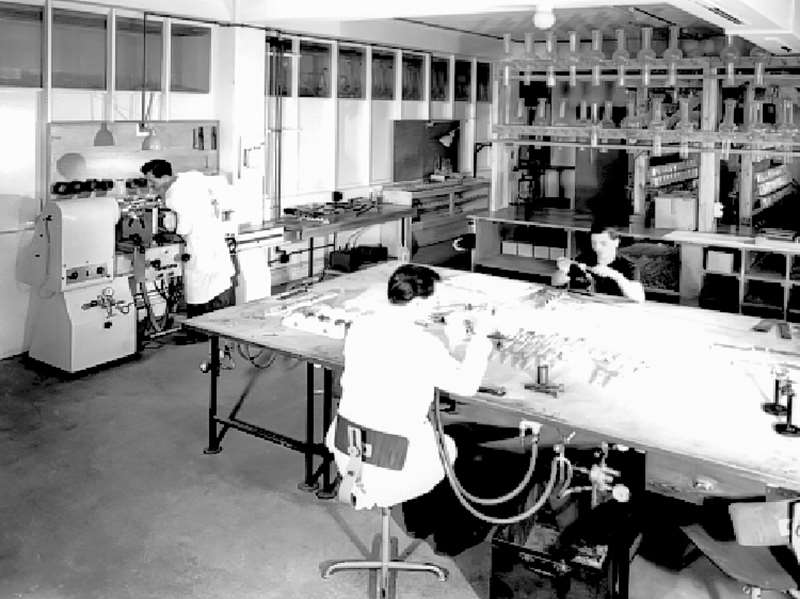
1952
With a shortage of skilled workers in Switzerland, Steck has to look abroad to recruit glassblowers for his fledgling company. He finds them in northern Italy and East Germany, where glassblowing has a long tradition.
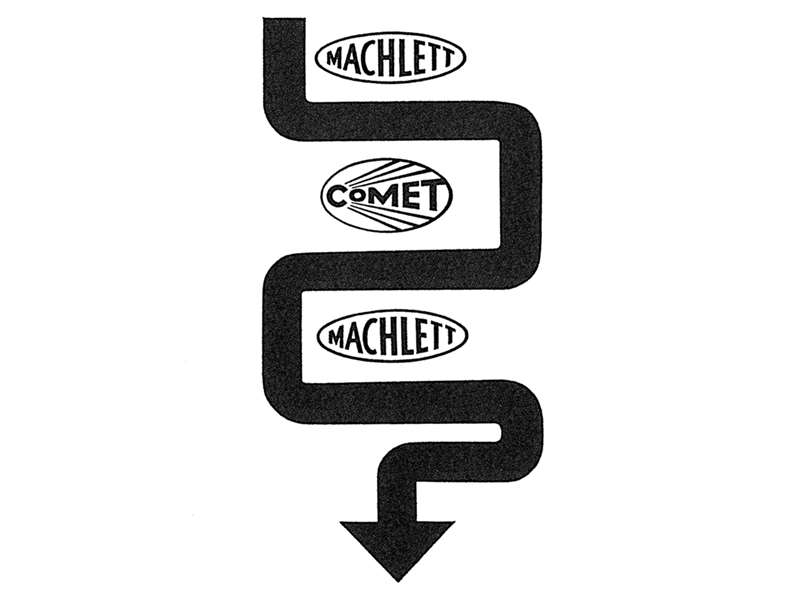
1954
After economically difficult early years, a transatlantic deal lifts Comet out of the red: The Bernese business signs a licensing agreement with its American partner Machlett Ltd. to manufacture high-performance rotating anode tubes.
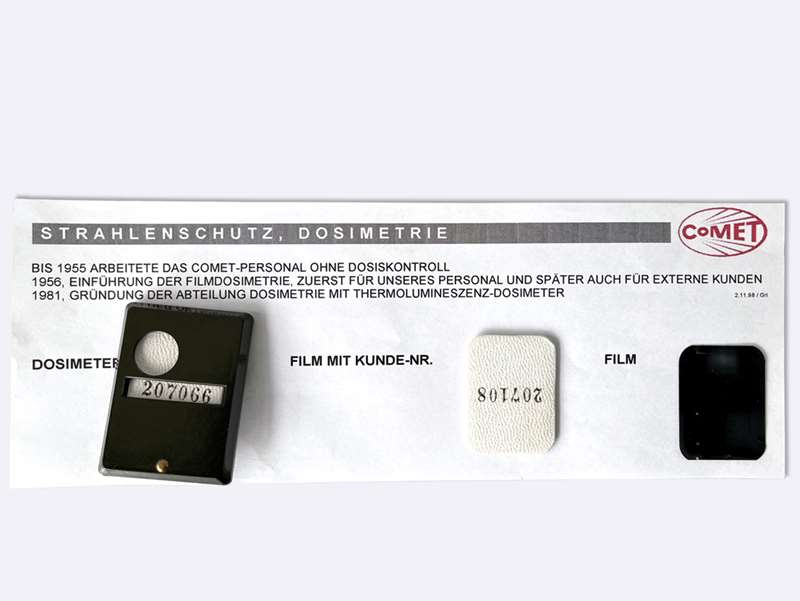
1956
“Safety first” is already a well-understood principle in the 1950s, at least at Comet: In the manufacturing building in Bern-Liebefeld, Comet sets up Switzerland’s first dosimetry station (for measuring the ion dose in the air or in irradiated objects) to monitor the health of personnel exposed to x-rays and improve structural protection from radiation.
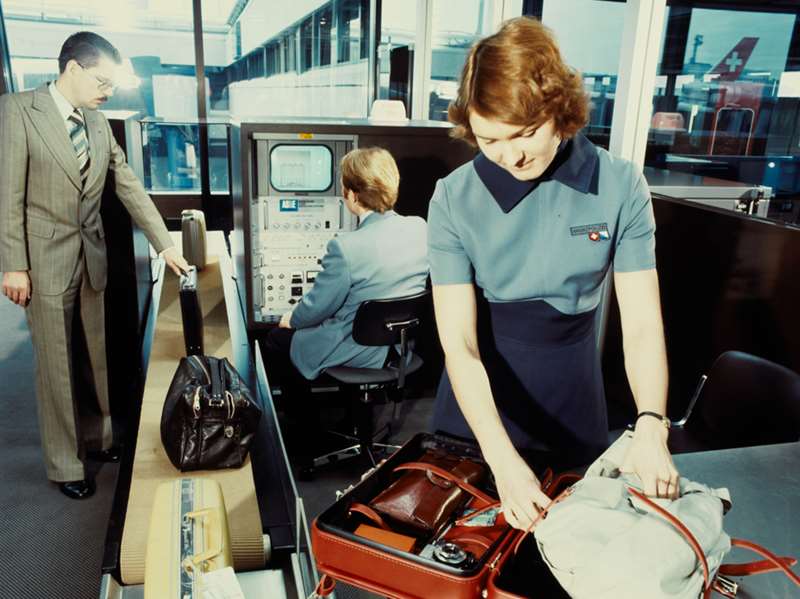
1966
With the rapid increase in aircraft hijackings in the 1960s, security needs at international airports are growing. Zurich Airport is no exception. In 1966, Comet’s CXR-100 ceramic x-ray tubes are used here for the first time, in baggage inspection systems that scan bags and suitcases.
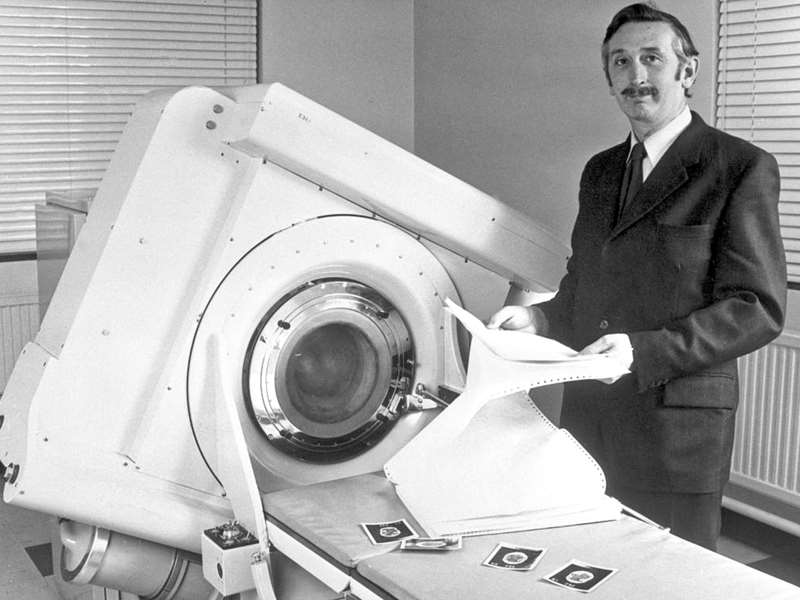
1971
The world’s first computed tomography scan of a human subject produces the detailed image of a brain cyst in a woman. The computed tomography (CT) system is the result of years of research by the Briton Godfrey Hounsfield (pictured) and the American Allan McLeod Cormack, who will share the Nobel Prize for it in 1979. What does Comet AG have to do with this? It developed the type of x-ray tube without which CT would not have worked.
1973
A growing Comet passes the ten-million-franc sales threshold.
1989
Proximity to customers means success: To more personally support the business in North America, one of the largest markets for x-ray tubes, Comet founds the subsidiary Comet North America in Norwalk, Connecticut.
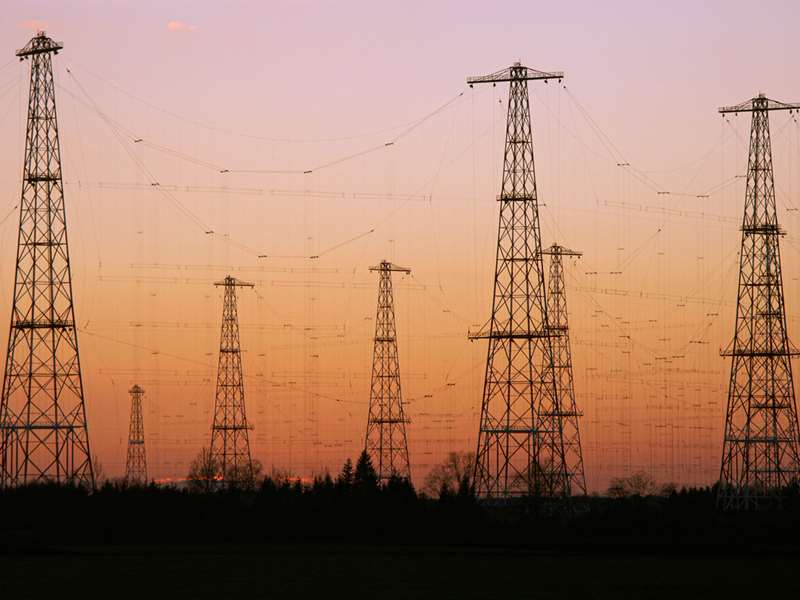
1992
During the Cold War, Comet had supplied parts for Western radio transmitters, such as those in Wertachtal near Munich in one of Europe’s largest shortwave broadcasting facilities (pictured). With the fall of the Iron Curtain, these orders come to an end, but Comet lands on its feet by expanding its horizons: Having already entered the semiconductor business in Japan, the company now does so in the USA, too, and later will in Korea.
1994
Sought-after certifications are won (ISO 9001, EN 46001), demonstrating quality consciousness and environmental awareness as cornerstones of Comet’s corporate culture.
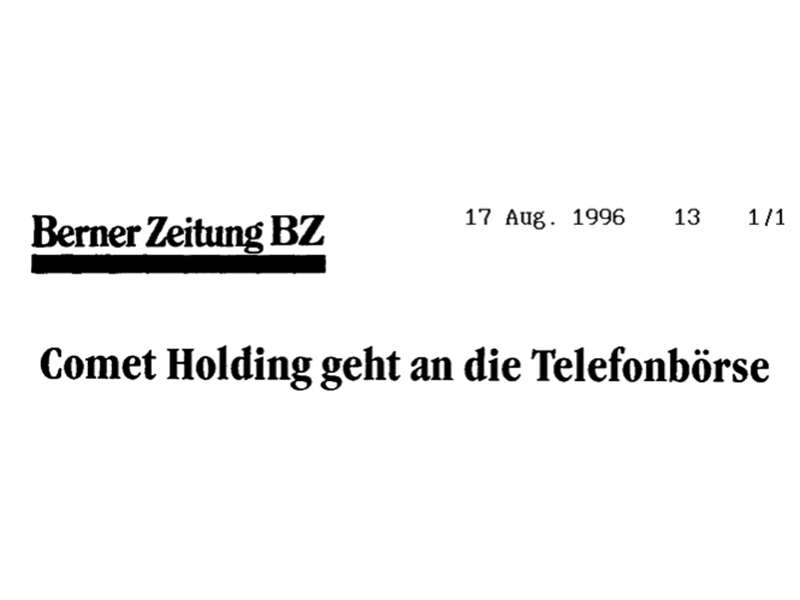
1996
Comet goes public on the Bern stock exchange, a telephone bourse. This provides the steadily growing company with capital for its expansion plans.

1998
The move into the growth market of China demands sales skills. Sales representatives like Bert Berger (right), a physicist always ready to share his wealth of specialized knowledge ready, are invaluable. Most of the time he is traveling the world for Comet, but now and then he can be seen showing customers the company premises at Waldeggstrasse 72 in Bern-Liebefeld.

2002
Comet’s 150 employees move to Flamatt in the Swiss canton of Fribourg. The company invests 35 million Swiss francs to build the new 5,000 square meter, four-story headquarters, located right on the freeway feeder route to Bern. All Swiss business units are now under one roof.
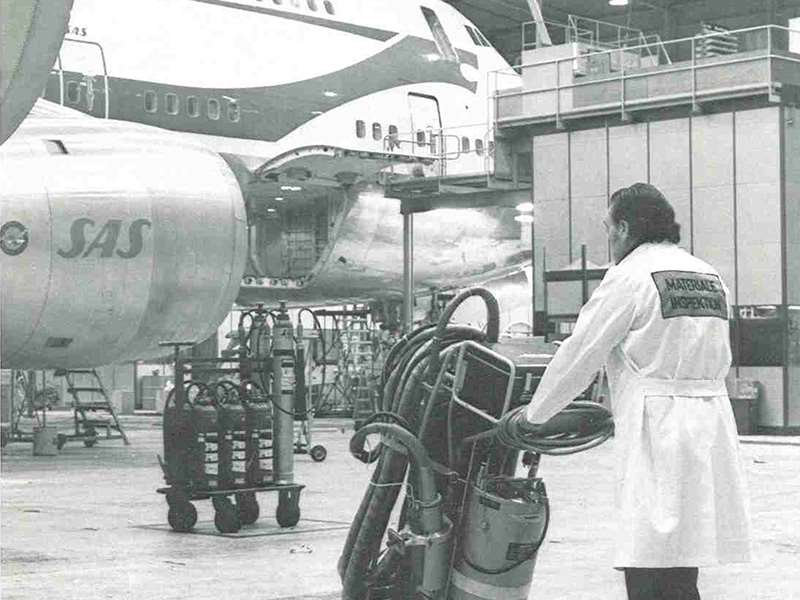
2002
In the medical field, imaging using x-rays is increasingly supplemented by other technologies. At the same time, industrial and other non-medical uses of x-ray technology are becoming more and more important – for instance, in security screening at airports, especially after the shocking terrorist attacks of September 11, 2001. In 2002, Comet exits the medical x-ray tube business to focus on industrial and other non-medical x-ray tubes.
2002
From December 17, 2002, a new stock is traded on the Swiss national stock exchange under the ticker symbol COTN: Shares of Comet Holding AG change hands at the issue price of 19.80 Swiss francs per share. Since then, the stock price has multiplied.
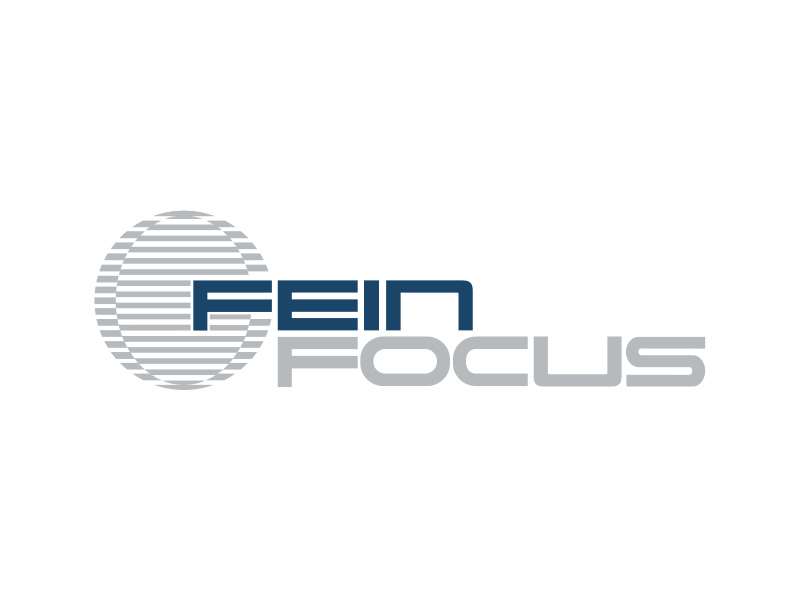
2004
Until now, Comet has developed and built x-ray tubes and vacuum capacitors as machinery components and sold these to equipment manufacturers. It did not have contact with the users of these products, the end customers. This changes in 2004 with the acquisition of Germany’s Feinfocus group, a pioneering maker of complete microfocus x-ray systems. These are used, for example, for industrial computed tomography in various sectors and for research; the first step into the end-customer business has been taken.
2006
For inspection applications, Comet develops an industry-first product that showcases the company’s technology leadership: a high-power, 600 kilovolt x-ray tube, which can penetrate even more material in less time – for example, shipping containers at customs, or high-absorbing turbine blades in aircraft engines – and produce even more detailed images.
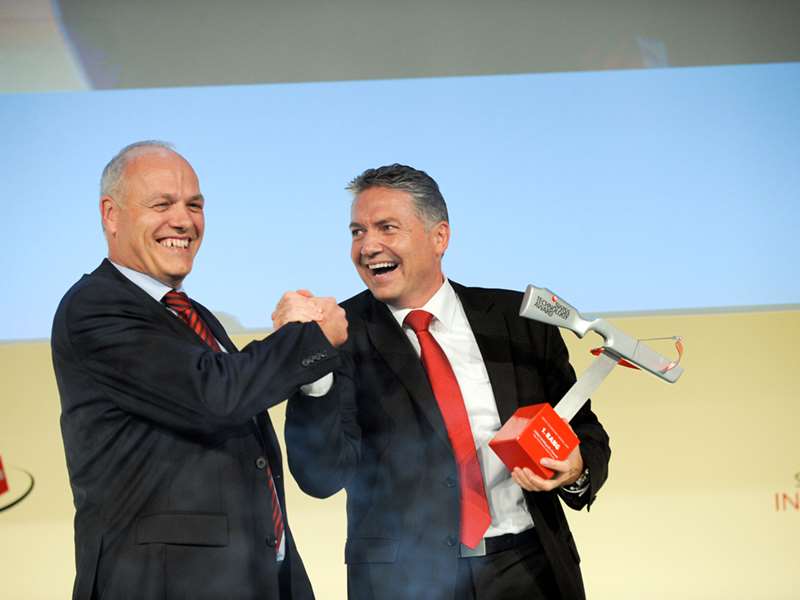
2009
The Swiss Technology Award goes to … Comet! The company’s newly developed e-beam technology for the first time allows packaging material to be sterilized with electron beams – an economical and environmentally friendly process.
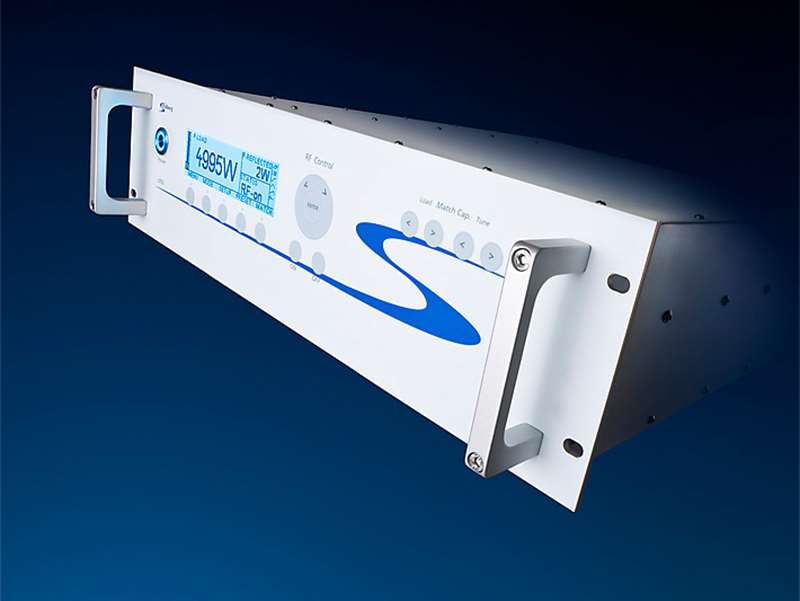
2011
Comet buys Stolberg HF-Technik AG of Germany, a maker of radio frequency and very-high frequency generators.
2015
Comet’s staff worldwide grows to more than 1,000 employees, about one-fifth of whom work in research and development. Together they now generate sales of 300 million Swiss francs.
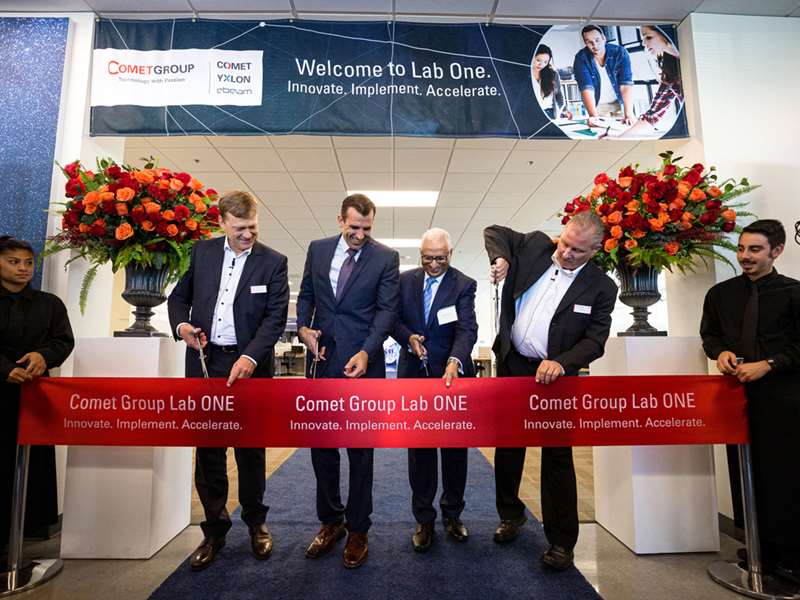
2017
To ensure it is in close touch with the latest technological developments and its most important customers, Comet opens a technology and application center in California’s San Jose, in the heart of Silicon Valley. Here, customers can use Comet technologies to inspect their own products and materials.

2020
The analysis of valuable data in the manufacturing process requires machine learning and artificial intelligence. To strengthen its capabilities in these areas, Comet purchases the Canadian software developer Object Research Systems (ORS).
2020
Comet sells the e-beam business to Tetra Pak and focuses on its core technologies of plasma control and x-ray.
2021
With the opening of the new site in Taiwan, enlargement of the sales and service organization in Japan and expansion of the R&D and demonstration center in South Korea, Comet further increases and localizes its presence in Asia.
2021
Comet earns a record profit and breaks 500 million Swiss francs in sales.
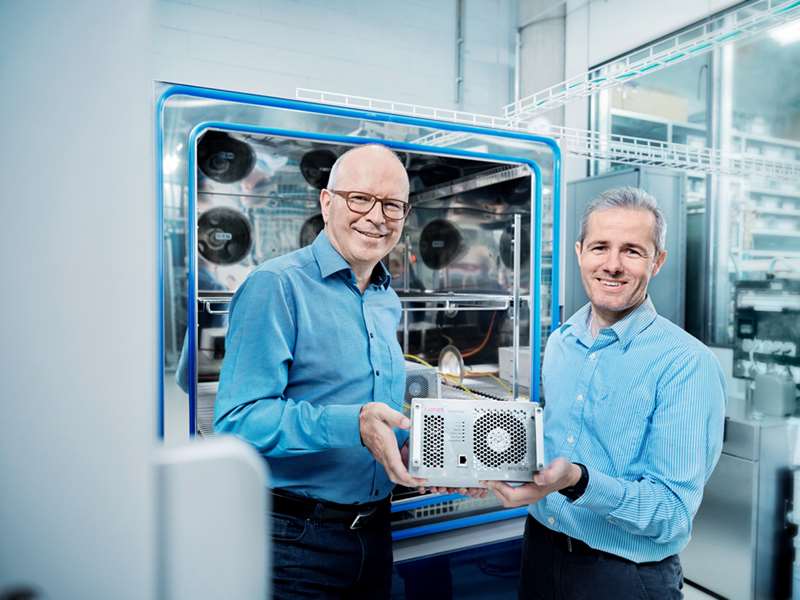
2022
After five years of development, Comet launches the Synertia® RF power delivery platform, featuring the company’s first radio frequency generator. With it, the Plasma Control Technologies division, already the market leader in vacuum capacitors and RF matches, now aims to conquer the generator market as well.
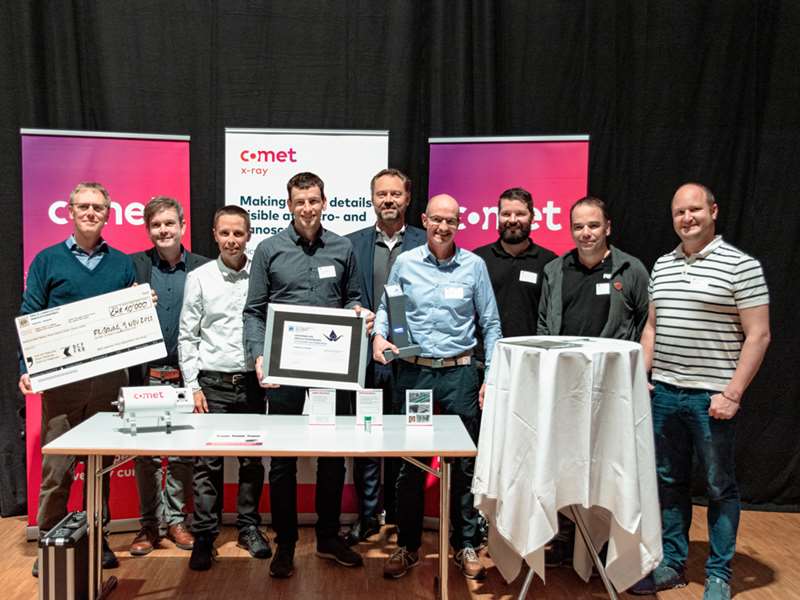
2022
At the top: Comet’s new x-ray technology for the inspection of electric-vehicle batteries wins the Innovation Award of the canton of Fribourg in the “Established Company” category. The recognition underscores the abiding curiosity that will always be dominant in Comet’s DNA.

